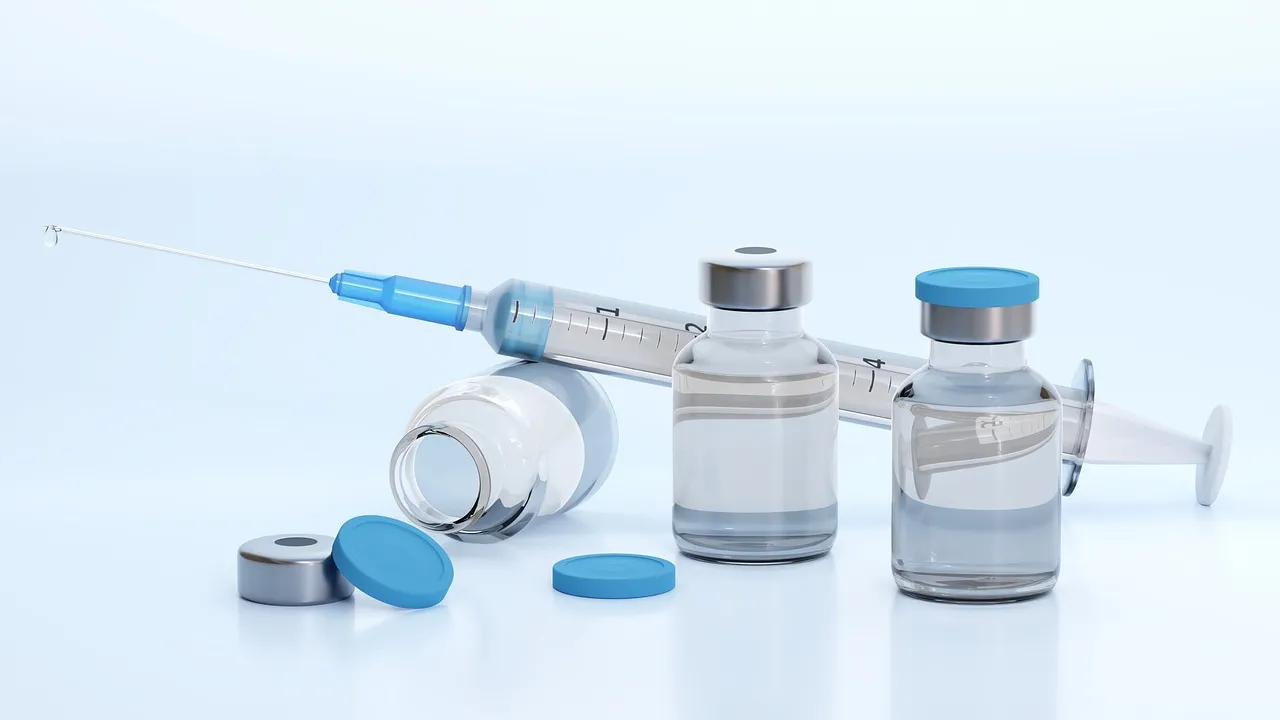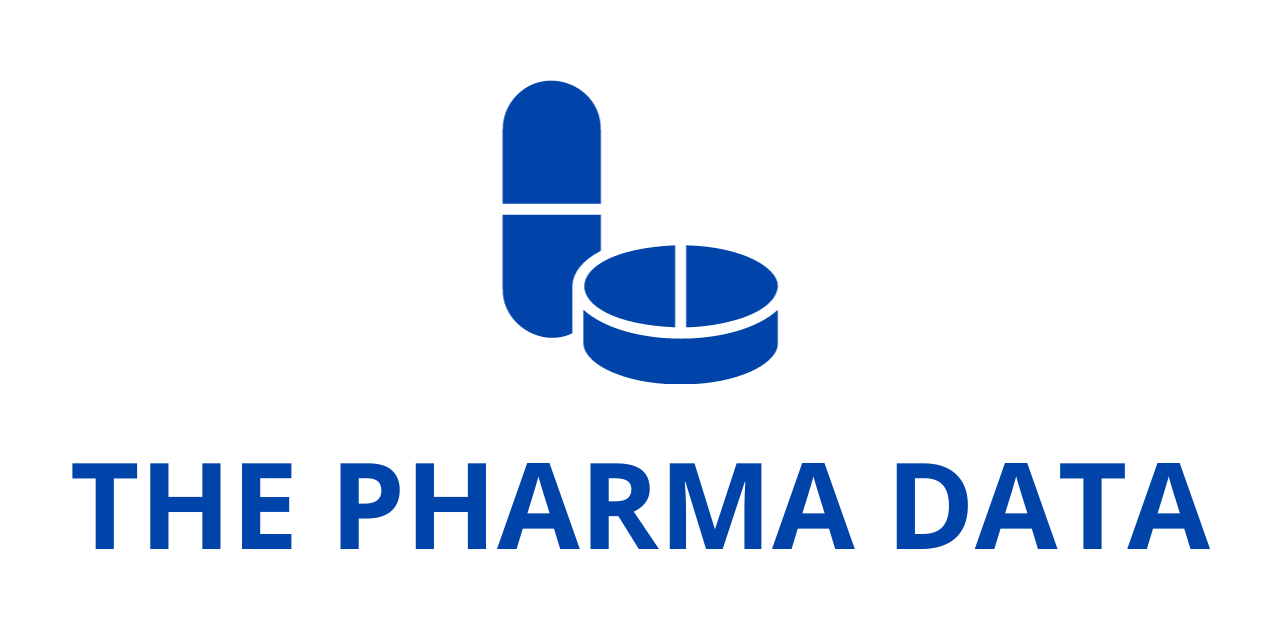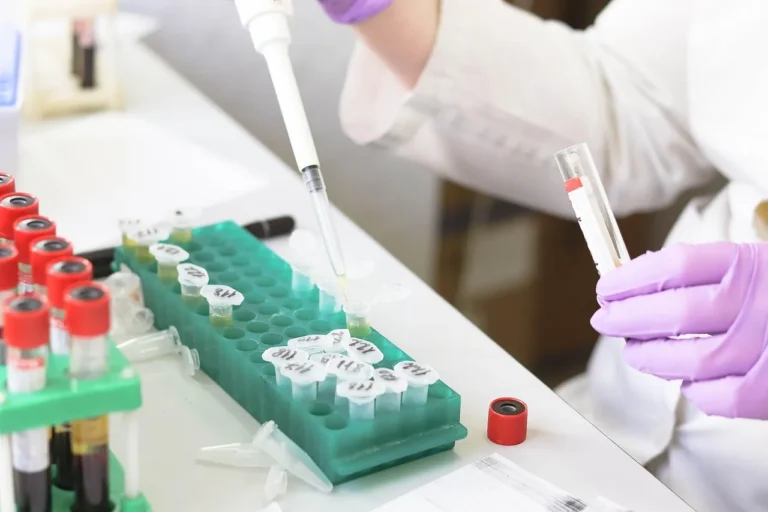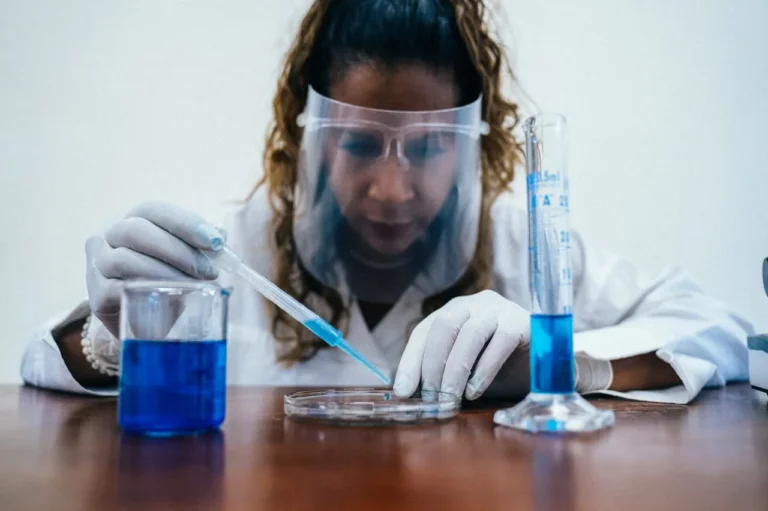
Phase 1 Trial Reveals Promising Early Activity for Tinostamustine in Glioblastoma
Purdue Pharma L.P. (“Purdue”) has announced encouraging preliminary data from its ongoing Phase 1 clinical study evaluating tinostamustine in patients with MGMT promoter-unmethylated (uMGMT) glioblastoma (GBM), an especially aggressive and treatment-resistant form of brain cancer. This subgroup of GBM patients typically derives little to no benefit from standard pharmacologic therapy, making the development of new treatment options an urgent medical priority.
According to the new findings, tinostamustine was tolerated at doses ranging from 80 to 100 mg/m², demonstrated a manageable side-effect profile, and produced early indicators of clinical activity. A detailed summary of the study will be shared in a poster presentation at the 2025 Neuro-Oncology Societies Meeting on November 22 in Honolulu, Hawaii, following a prior data presentation at the 2025 European Association for Neuro-Oncology (EANO) meeting in October.
Glioblastoma remains one of the most formidable cancers known, characterized by rapid growth, invasive tumor spread, and resistance to many of the therapies successfully used in other cancers.1 Current standard-of-care strategies—including surgery, radiation, and chemotherapy—are designed to alleviate symptoms, delay progression, and modestly extend survival, but a cure remains elusive.1 In the United States alone, as many as 15,000 individuals receive a GBM diagnosis each year,2 and nearly 60% of those cases fall into the uMGMT subset,3 a molecular profile associated with poorer responses to the commonly used chemotherapeutic agent temozolomide. This creates a substantial unmet medical need and motivates the exploration of new therapeutic approaches like tinostamustine.
Tinostamustine is an investigational compound and a potential first-in-class new chemical entity designed to bring together two distinct yet complementary mechanisms of action. It combines bifunctional alkylating activity—which damages cancer cell DNA—with broad histone deacetylase (HDAC) inhibition, which can help loosen chromatin structure and potentially enhance the accessibility of DNA-targeting therapies. This dual-action mechanism is intended to potentiate anti-tumor effects, potentially making tinostamustine suitable as a frontline candidate for GBM, especially in patient populations with particularly poor responsiveness to existing options.
Julie Ducharme, Vice President and Chief Scientific Officer at Purdue, emphasized the significance of the findings. “Newly diagnosed patients with GBM, particularly those with the uMGMT profile, experience extremely limited survival benefit from current pharmacologic treatment approaches,” she stated. “These Phase 1 findings demonstrate that tinostamustine can be administered safely following standard chemoradiation. We are encouraged by these early results and look forward to advancing tinostamustine in the Phase 2/3 GBM AGILE trial, a global adaptive trial platform led by the Global Coalition for Adaptive Research.”
Purdue’s participation in the GBM AGILE (Glioblastoma Adaptive Global Innovative Learning Environment) platform trial marks an important strategic step toward accelerating tinostamustine’s development. The company reached an agreement in September 2025 to enroll tinostamustine into this multinational, adaptive clinical trial, which is distinguished by its innovative design. GBM AGILE is led by GCAR, a non-profit organization supported by a worldwide consortium of clinicians, statisticians, researchers, imaging experts, and patient advocacy groups. Its highly flexible structure allows promising investigational treatments to be evaluated more efficiently than in traditional industry trials, with the potential to shorten development timelines and reduce patient burden.
The current Phase 1 study (NCT05432375) is an open-label, multicenter, dose-escalation trial designed primarily to assess safety and tolerability while gathering preliminary data on tinostamustine’s anti-tumor activity. All enrolled patients had confirmed uMGMT glioblastoma and had completed standard chemoradiation with temozolomide (RT/TMZ) within the previous five weeks, with no evidence of disease progression after that treatment. Tinostamustine was delivered as a one-hour intravenous infusion on Day 1 of each 21-day cycle. Dose escalation followed the standard 3+3 design, beginning at 80 mg/m² and increasing to 100 mg/m².
A total of ten patients were enrolled in the study, nine of whom were considered evaluable for both safety and preliminary efficacy endpoints. The median age among the participants was 63 years, and the majority were male. The first dose level—80 mg/m²—was administered to three patients, none of whom experienced a dose-limiting toxicity (DLT).
Six patients were then treated at the 100 mg/m² dose level. At this higher dose, one patient experienced a DLT characterized by prolonged low-grade thrombocytopenia, which was manageable but met the criteria for a DLT under the trial protocol. Across both cohorts, Grade ≥3 treatment-related adverse events were observed, including cases of anemia and hematologic toxicities, consistent with what is typically seen with alkylating agents and HDAC inhibitors. Despite these events, investigators considered the overall safety profile manageable, and the 100 mg/m² dose was declared the maximum tolerated dose (MTD).

Purdue Pharma President and CEO Craig Landau, MD, underscored the magnitude of the unmet need and the promise represented by these early data. “Glioblastoma is one of the most devastating cancers, and patients with uMGMT GBM face especially limited treatment options,” he remarked. “The data generated to date are encouraging and represent a meaningful step forward for tinostamustine.
If the development of this therapy is successful and it eventually secures FDA approval, it could offer new hope to patients and families confronting this difficult disease. These preliminary results reinforce our company’s commitment to advancing innovative science that can transform lives. Tinostamustine exemplifies the bold innovation we aim to pursue across our R&D pipeline, and we remain focused on driving this work forward with urgency.”
Although the Phase 1 study was not designed to establish efficacy, the investigators performed exploratory analyses of progression-free survival (PFS) and overall survival (OS). According to Purdue, these early analyses revealed encouraging signs of clinical benefit that warrant further investigation. More comprehensive results will be shared in the upcoming scientific meeting poster presentation. Importantly, the transition of tinostamustine into the GBM AGILE platform will allow researchers to more rigorously evaluate its therapeutic impact within a larger and more diverse patient population, using an adaptive framework designed to efficiently determine whether the drug improves outcomes.
Purdue notes that tinostamustine remains an investigational agent, and its safety and effectiveness have not been established by regulatory authorities. As with all investigational products, there is no guarantee that tinostamustine will successfully complete the clinical development process or receive approval from the U.S. Food and Drug Administration. Nonetheless, the company’s early findings and participation in cutting-edge clinical trial models signal a commitment to addressing significant unmet needs in oncology, particularly for patients who currently have few therapeutic alternatives.
Source Link: https://www.businesswire.com/




